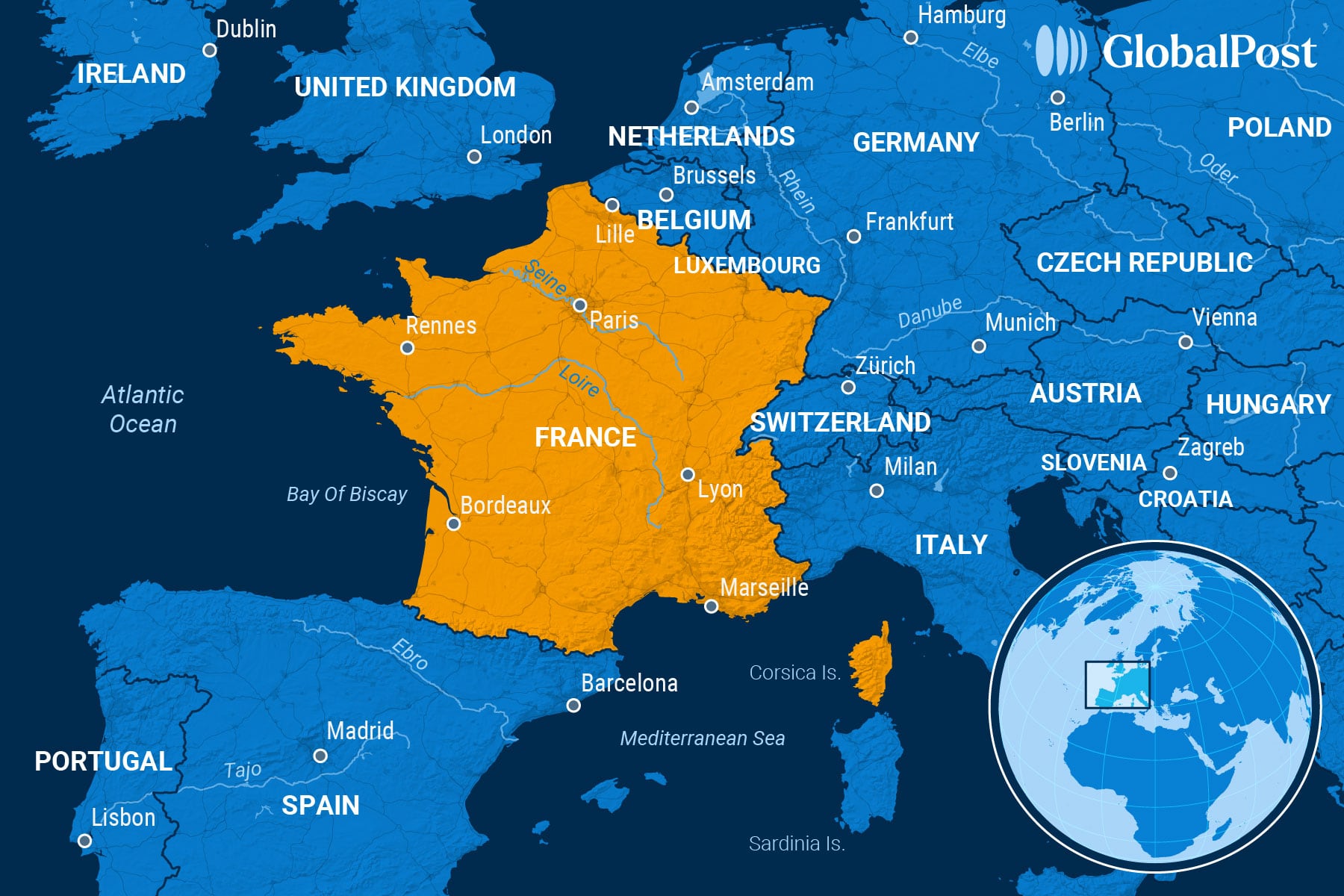In Paris’ Battle Against Motorists, the Flâneur Is Winning

Paris has long been a city that celebrates walking, so much so that it has a name for those who stroll, observe, and contemplate the big and the small: “flâneur.”
Now, Parisians want to make their city even more flâneur-friendly.
On Sunday, Parisians voted on a plan that would close 500 more streets in the city to cars and other motor vehicles and instead replace them with trees, plants, and flowers.
About 66 percent of voters approved of “making” Paris into a “garden city,” according to the City of Paris. To do so, the city will create from five to eight new tree-lined pedestrianized streets in each of the city’s 20 districts within the next three years – after consulting the neighborhoods this spring.
“With this vote, Parisians have the choice of whether to accelerate Paris’s adaptation to climate change, fight against pollution, and improve the residential environment (near) their homes,” said Paris Mayor Anne Hidalgo ahead of the vote.
Supporters of the proposal in the non-binding referendum, in which only 4 percent of the 1.4 million registered voters took part, say making more streets dedicated to pedestrians and filling them with greenery will help make the city more livable and more breathable. Paris is one of the least green cities in Europe as measured by green space and is one of the most polluted.
The initiative also aims to reduce the “urban heat island effect” with the temperature-moderating greenery and to improve flood resilience by replacing impermeable surfaces with soil that can absorb more rain, wrote Bloomberg.
It will also make the city safer for pedestrians and cyclists, supporters added.
Marc Remaggi, a 37-year-old teacher, who cast his ballot in favor of the initiative, told Agence France Presse that it’s an important move. “It’s essential to prepare the city for tomorrow’s climate and to make Paris a more pleasant place to live,” he said.
Opponents, meanwhile, say the changes will cause headaches for those who have to get around by car or truck, especially those who live in the suburbs and work in the city.
“Large cities cannot become open-air gardens,” Yves Carra, spokesperson for Mobilité Club France, an automobile association, told Radio Monte Carlo. “But the decisions have already been made. If (the vote) is yes, they’ll build 500 (pedestrian) streets. If it’s no, they’ll build 480. Their initial idea for years, under the guise of ecology, has been to drive out cars.”
“Why such relentless harassment of drivers,” added the 40 Million Motorists, another automobile association, adding that they expected about another 60,000 parking spots to disappear in the next five years.
Moves to restrict cars and make cities cleaner and greener have become more common around the world. For example, New York, London, Singapore, and other cities have congestion-pricing programs for vehicles, while almost every major European city has some type of rules in place to restrict vehicles, the Washington Post reported. The Netherlands has just begun to build a neighborhood in the city of Utrecht that will be car-free.
At the forefront of that trend, Hidalgo, the Socialist Party mayor of Paris since 2014, has been pushing for big changes for the city for years.
Over the past decade, she has closed about 220 streets to traffic, imposed stricter speed limits, removed tens of thousands of parking spots, increased fees for high-emissions vehicles to enter the city, and built more than 300 miles of new bicycle lanes to reduce air pollution.
Last year, voters approved a new fee on SUVs and other larger and more polluting vehicles to park in the city.
As a result of these initiatives, motor vehicle traffic has fallen more than 40 percent in the past decade.
Still, not all of the city’s environmental initiatives have gone down so well with Parisians.
In 2023, Parisians overwhelmingly voted to ban self-service e-scooters in the city, a popular transportation mode that drew the ire of officials and residents alike over a rising number of accidents, France 24 reported.
Since their introduction in 2018, the scooters, known locally as trottinette, were billed as a green alternative to cars and saw their use skyrocket to the highest rate in Europe.
But nearly 500 people were injured in Paris by e-scooters in 2022. Also, many Parisians lamented how they were “just left lying” everywhere, becoming a hazard and an eyesore in a city that values beauty over almost anything else.
Still, even those supportive of making the city greener and more car-free were critical of the lack of details in the plan and the budget – about an average of 500,000 euros per pedestrianized street.
Others say the closing to most traffic of the heavily touristed Rue de Rivoli, an almost two-mile long main artery on the right bank bordered by the Tuileries Gardens and the Marais district, which since May 2020 has been only for pedestrians, cyclists, and buses, and has been a success.
“A few years ago, there were almost non-stop traffic jams and honking horns in this area,” Sylvain Dauphin, who owns a store on the street told France’s Challenges magazine. “Today, the street is calmer, and that helps.”

Subscribe today and GlobalPost will be in your inbox the next weekday morning
Join us today and pay only $46 for an annual subscription, or less than $4 a month for our unique insights into crucial developments on the world stage. It’s by far the best investment you can make to expand your knowledge of the world.
And you get a free two-week trial with no obligation to continue.
